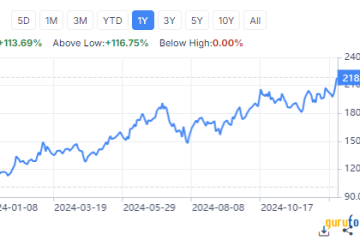The Rise of Tea Apps in Canada: A New Way to Brew

Introduction
In recent years, tea has seen a resurgence in popularity across Canada, with consumers becoming more discerning about the beverages they enjoy. As a result, tea apps have emerged as an innovative solution, helping enthusiasts deepen their appreciation for this age-old beverage. These applications aim not only to assist in the brewing process but also to educate users about different tea varieties and their health benefits, making them increasingly relevant in today’s health-conscious society.
The Growth of Tea Apps
As of 2023, the number of tea-related mobile applications has surged, reflecting a growing community of tea lovers. Recent statistics indicate that downloads of such apps have increased by over 40% since 2022. Popular apps like “TeaTime” and “Brew Wizard” offer functionalities ranging from steeping timers to personalized tea recommendations based on user preferences. This growth signals a shift in how consumers engage with tea, moving towards a more interactive and informative experience.
Key Features of Tea Apps
Modern tea apps offer various features tailored to enhance the tea-drinking experience:
- Brew Guides: Step-by-step instructions on how to brew different types of tea, including temperature and steeping time, ensure optimal flavor extraction.
- Flavor Profiles: Users can explore various tea types, learning about their origins and flavor notes, which promotes informed decision-making when selecting teas.
- Health Benefits: Many applications provide insights into the health benefits associated with specific types of tea, allowing users to choose blends that align with their wellness goals.
- Community Engagement: Some apps feature social functions where users can share their favorite brews, recipes, and reviews, fostering a sense of community among tea enthusiasts.
Impact on Tea Culture
The incorporation of technology through tea apps is not only changing how consumers approach tea but is also influencing the broader tea culture in Canada. As more people engage with these apps, there is a noticeable increase in tea appreciation, with consumers experimenting with unique blends and brewing techniques. This digital age alignment could encourage local businesses and cafes to adapt, offering tea experiences that are in sync with the demands of tech-savvy customers.
Conclusion
The tea app phenomenon is poised to continue growing, driven by the increasing demand for personalized and interactive drinking experiences. As more Canadians turn to mobile technology for information and convenience, tea apps will likely play a crucial role in shaping the future of tea consumption in the country. For tea lovers, these apps present a perfect opportunity to enhance not only their knowledge but also their connection to this timeless beverage.









